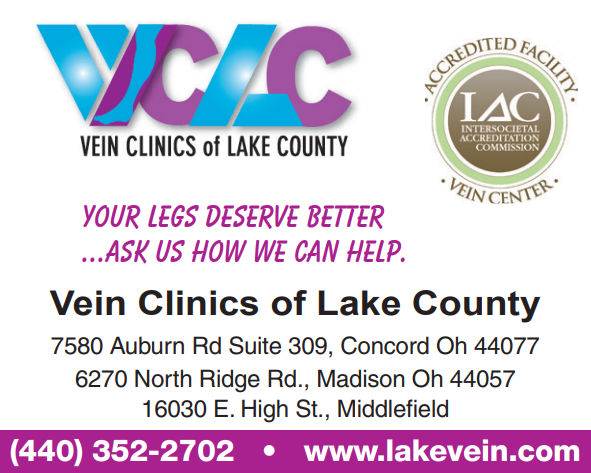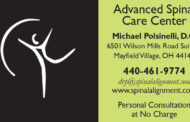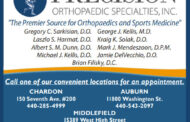Varicose veins are not always visible. Just because you don’t see varicose veins, doesn’t mean you don’t have them. This is a misconception.
The key is to pay attention to the warning signs. Do you have any of the following leg symptoms? Pain, swelling, throbbing, heaviness, fatigue, restless legs or discolored skin?
Do have discolored skin? Did you know varicose veins may show as discolored skin (any shade of pink, red, brown, or different than your normal skin)?
What about leg ulcers or sores that don’t heal or keep coming back?
Did you know that majority of leg ulcers (75-80%) are related to venous insufficiency? You may see the leg ulcers but not see the varicose veins because they are often hidden just beneath the diseased skin. Swelling and indurated (hardened) tissue as well as skin discolorations can hide varicose veins.
If leg ulcers are a concern, the best bet is to start with a vein assessment as vein disease is one of the most common causes of leg ulcers and progressive discoloration, also known as venous stasis.
A vein assessment provides important detailed information on both the structure and flow of blood in arteries and veins in a painless non-invasive manner. Such information helps decide the type of treatment that is considered most appropriate.
The reality is varicose veins can develop and worsen in such a subtle way that symptoms develop very gradually. Over time, you get used to daily aching and throbbing and swelling. In other words, you forget how good your legs used to feel all the time.
The longer you wait to have varicose veins treated, the more damage they will cause. You owe it to yourself and to your legs to check them out. After all your legs have supported you your whole life now it’s time to support them.
How is vein assessment done?
At Vein Clinics of Lake County, a comprehensive venous ultrasound is done by our certified and highly experienced sonographer. This will determine if Venous Insufficiency (improper functioning of the vein valves in the leg, causing swelling and skin changes) is present.
How is venous insufficiency treated?
If the vein disease is confirmed, we will discuss options to treat the disease by a variety of conservative or minimally invasive ablative therapies. Such treatments have proven to be the best options. They help heal leg ulcers, keep them from reoccurring and help reduce the progression of the disease.
Is the treatment for vein disease considered medically necessary?
Yes, it is and it is covered under most medical insurances.
























